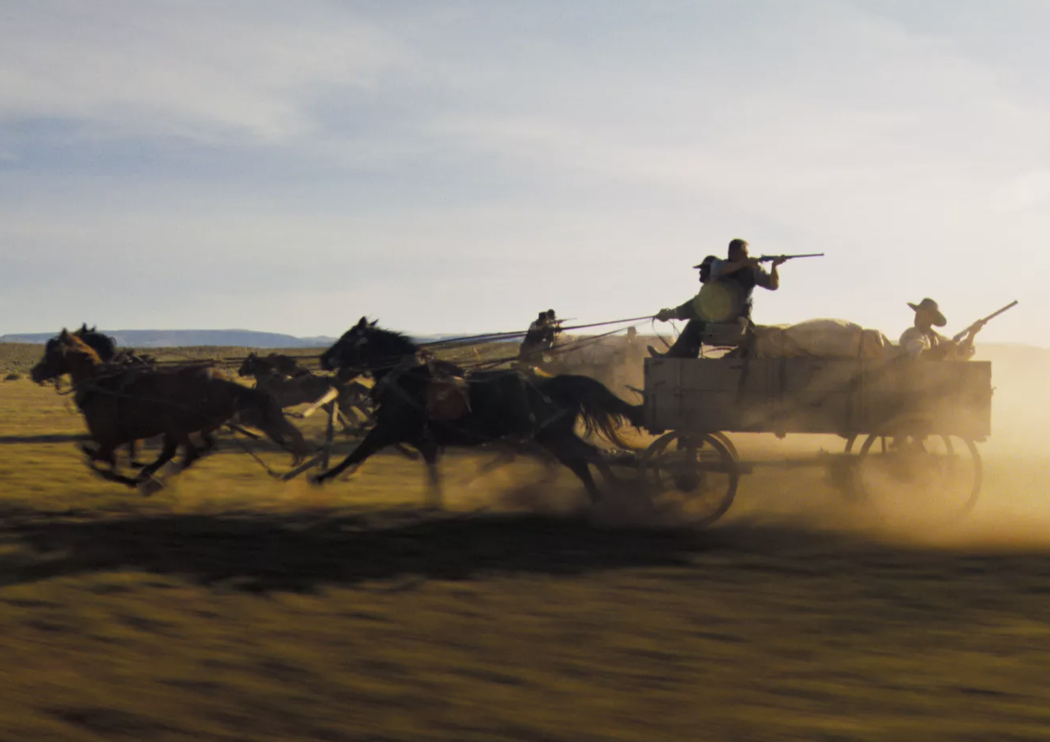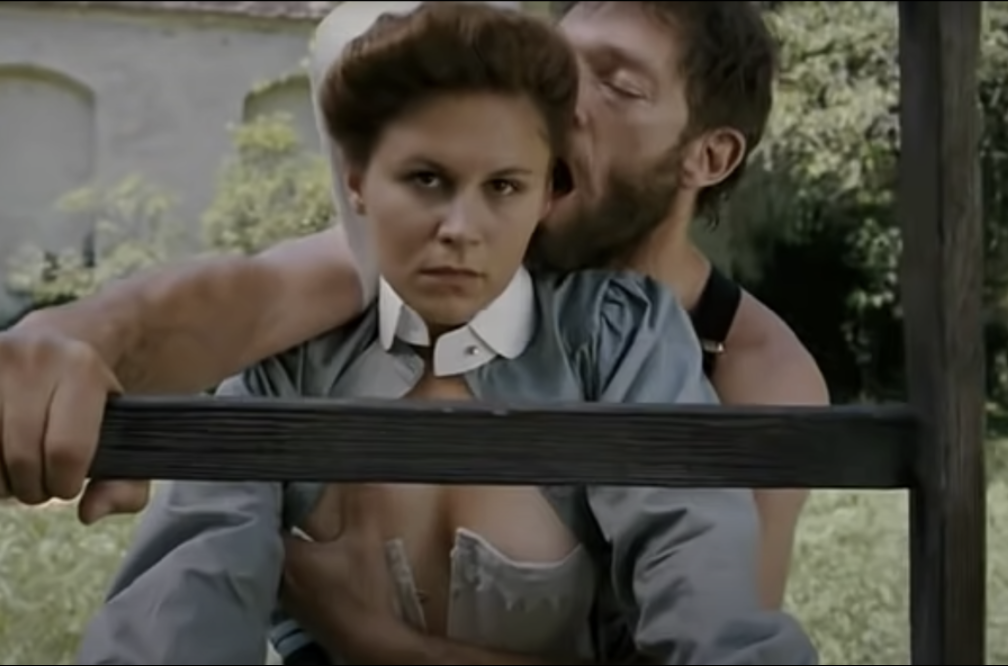Manhattan’s Museum of Modern Art is showing William Friedkin’s degraded revision of The French Connection for six days starting today. This morning I sent a letter this morning to Rajendra Roy, MOMA’s chief curator of film. 11:55 am Update: Roy and I just spoke. A summary of his comments is pasted below.
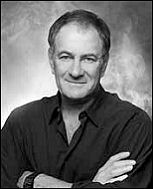
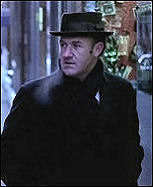
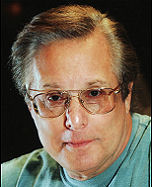
(l. ro.) Owen Roizman, frame capture from French Connection Blu-ray, William Friedkin.
“As you may have heard or read, French Connection cinematographer Owen Roizman, speaking last week in an online radio interview, has called William Friedkin‘s digital restoration of The French Connection (as presented on the recently-released Blu-ray) “atrocious,” “horrifying” and “emasculated” He also said he was “appalled by it,” and emphasized that “it’s not the film I shot.”
“As part of a six-day series beginning today and ending next Monday, MOMA is showing Friedkin’s new version of the film. The MOMA copy says that “Friedkin has called this new digital restoration the definitive version of his masterwork.” MOMA is apparently showing this version without warning, meaning there will be people who haven’t read up on this and who will be attending unaware of what Freidkin has done.
“As a fierce critic of Freidkin’s new version who sides with Roizman 100%, I have two questions I’d like you to please answer for a piece I’m running this morning, if that’s cool.
“Did you, as the programmer, feel any obligation to at least inform viewers that what you’ll be showing isn’t the film that Roizman shot, isn’t the film that played in theatres in 1971, isn’t the film that has been issued on VHS and laser disc and DVD in years past? And that it is a version that Roizman has said he’s appalled by?
“And did you, as the programmer, feel any obligation for contrast’s sake to offer MOMA patrons a chance to see the film as it looked before Friedkin futzed around with it? In other words, did you perhaps consider showing both versions at alternating screenings — i.e., three days showing the traditional version and three days showing Friedkin’s grainy, bleachy, flirting-with-monochrome version?
“There’s nothing wrong with showing Friedkin’s desecrated version if that’s what you want to do, but I think you and our film department colleagues should have made it clear exactly what you’ll be showing to viewers, and given them a chance to compare Friedkin’s digitally-projected version to the traditional 35mm version that’s been around for nearly 40 years.”
Comments by MOMA film curator Rajendra Roy: “We are informing people who come in and buy tickets that this is a digital restoration being shown at Freidkin’s request. Billy came in to my office, said he’s worked on a new resotoration and that it looks like he’d always wished it had looked, the studio never let him get it to the place he wanted to get it and that he wanted to show it. The fact that he said that this digital version looks like he always wanted it to look…I’m highly suspect of [this]. He said he’d never wanted it to look like a dark movie, which to some, I recognize, is flabbergasting.
“But MOMA has to be receptive to being a forum for living artists to reexamine their work, and here we have a living artist getting up and showing this new version and discussing it. And we’ve made it clear this is a digitally-projected version of the film. We have screened the traditional 35mm verson within the last ten months, and this is a chance to see this new version. I would prefer that MOMA patrons have access to this. If I ignore that, MOMA will be in mothballs [one day]. I embrace the debate. I’m doing this because I believe Billy has created something interesting and new. [On the other hand] I mostly agree with what you’re saying about art belonging to the public.”












